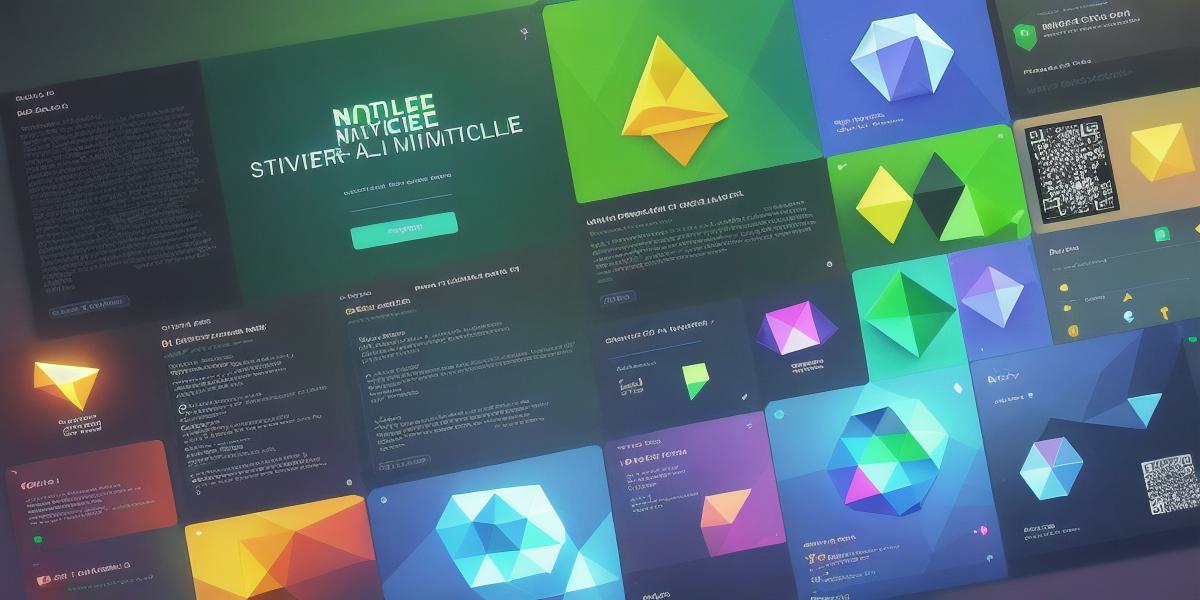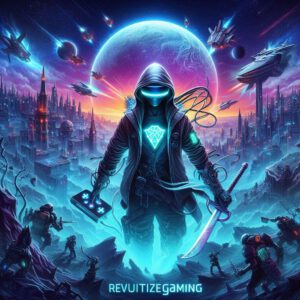As non-fungible tokens (NFTs) continue to gain popularity and traction in the digital art world, many game developers are looking to integrate NFT technology into their gaming experiences. One of the most promising networks for hosting NFT games is Polygon, which offers a scalable and cost-effective platform for creating and trading NFTs. In this comprehensive guide, we’ll explore everything you need to know about NFT games on the Polygon network, from how they work to best practices for building and launching your own game.
What are NFT Games on Polygon Network?
At its core, an NFT game on the Polygon network is a digital game that uses NFTs as its primary asset. These assets can be anything from in-game items and collectibles to unique gameplay experiences and more. By using NFTs, games can offer players a truly unique and valuable experience, while also providing a new revenue stream for developers.
One of the key advantages of using NFTs in games is that they can be easily bought, sold, and traded on various marketplaces. This allows players to invest in their favorite games and items, while also creating a secondary market for NFTs. In addition, NFTs can be used to create exclusive gameplay experiences, such as limited-edition levels or special events, which can further enhance the player experience.
How do NFT Games on Polygon Network work?
The process of creating and launching an NFT game on the Polygon network is relatively straightforward. Here are some key steps to follow:
- Choose your platform: There are several platforms available for building and launching NFT games on Polygon, including OpenSea, Rarible, and Mintable. Each platform offers different tools and features, so it’s important to choose the one that best fits your needs.
- Create your NFTs: Once you’ve chosen your platform, you’ll need to create your NFTs. These can be anything from simple images and videos to more complex gameplay experiences. You’ll also need to decide on the rarity and value of your NFTs, which will determine how much players are willing to pay for them.
- Launch your game: Once you’ve created your NFTs, you can launch your game on the Polygon network. This typically involves creating a smart contract that governs the rules of the game and the trading of NFTs. You’ll also need to promote your game and attract players to get it off the ground.
- Monetize your game: There are several ways to monetize an NFT game on Polygon, including selling NFTs directly to players, offering in-game purchases, and taking a cut of transaction fees. You’ll also need to consider how you want to distribute your NFTs, whether that’s through a free-to-play model or a pay-to-play model.
Best Practices for Building and Launching an NFT Game on Polygon Network
Here are some best practices to keep in mind when building and launching an NFT game on the Polygon network:
- Keep it simple: While NFTs offer a lot of potential, it’s important to keep your game simple and easy to understand. Complex rules and mechanics can be overwhelming for players, so focus on creating a clear and intuitive experience.
- Offer value: Players are more likely to invest in an NFT game if they see real value in the assets being offered. Consider offering exclusive gameplay experiences or unique collectibles that can’t be found anywhere else.
- Promote your game: To get your game off the ground, you’ll need to promote it to potential players.



